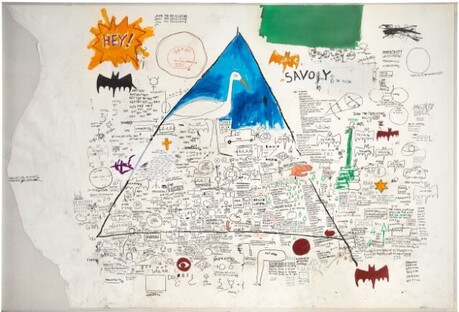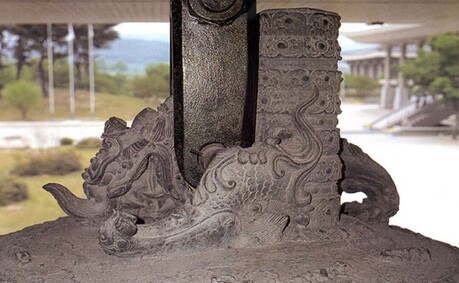Museums and galleries worldwide are revolutionizing the traditional visitor experience by embracing immersive technologies and multi-sensory approaches that engage audiences in unprecedented ways. From virtual reality installations to interactive theater experiences, cultural institutions are breaking down barriers between observers and exhibits, creating dynamic environments where visitors become active participants rather than passive viewers.
The shift toward immersive experiences represents a fundamental change in how museums approach visitor engagement and educational programming. Cultural institutions are increasingly recognizing that modern audiences, particularly younger generations, expect interactive and participatory experiences that go beyond traditional display cases and wall-mounted artwork. This transformation is being driven by advances in technology, changing visitor expectations, and the need for museums to remain relevant in an increasingly digital world.
Multi-sensory exhibits are becoming a cornerstone of this immersive approach, allowing visitors to engage with collections through touch, sound, smell, and even taste. These installations create deeper emotional connections between audiences and cultural artifacts, making historical periods and artistic movements more accessible and memorable. Museums are discovering that when visitors can physically interact with recreated environments or handle replica objects, they develop stronger understanding and retention of the presented information.
Technology-driven theater experiences are another innovative approach gaining popularity in the museum sector. These productions combine traditional storytelling with cutting-edge projection mapping, augmented reality, and interactive elements to create immersive narratives that transport audiences into different time periods or cultural contexts. Such theatrical presentations allow museums to tell complex stories about their collections while maintaining high levels of audience engagement throughout the experience.
Virtual reality has emerged as a particularly powerful tool for museums seeking to offer experiences that would otherwise be impossible or impractical. VR technology enables visitors to explore ancient civilizations, walk through destroyed historical sites, or examine artifacts at a microscopic level. This technology is especially valuable for institutions with limited physical space or those seeking to make inaccessible locations available to their audiences.
The implementation of these immersive approaches requires significant investment in both technology and staff training, but early adopters are reporting substantial increases in visitor satisfaction and engagement metrics. Museums are finding that immersive experiences not only attract new audiences but also encourage repeat visits and longer stays, ultimately contributing to improved educational outcomes and stronger community connections.
As these innovative approaches continue to evolve, museums are establishing new standards for cultural engagement that blend traditional scholarship with contemporary technology. The success of early immersive installations is inspiring broader adoption across the cultural sector, suggesting that the future of museum experiences will be increasingly interactive, personalized, and technologically enhanced.





















